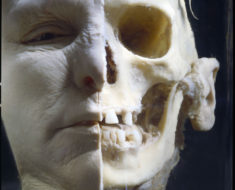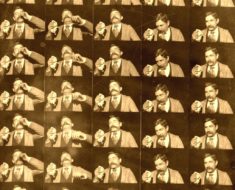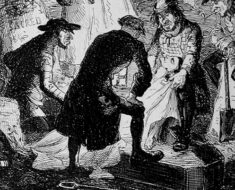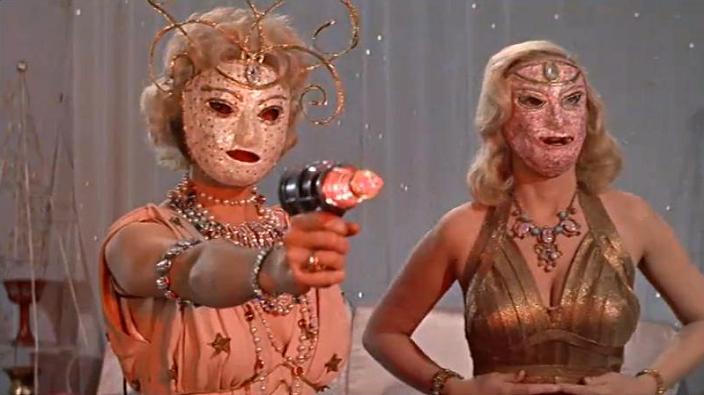
Life on Mars was all the rage of the early twentieth century. Brilliant minds like Nikola Tesla and Guglielmo Marconi believed they had been contacted by Martians, and numerous other scientists were devising plans to send our own signals to the Red Planet.
But what about our other interplanetary neighbor?
In 1926, two astronomers, Dr. S. B. Nicholson and Dr. Edison Pettit pushed Mars aside and gave Venus a little love. Researching from Mount Wilson Observatory in California, they began measuring temperatures of Venus by using a thermocouple. As the article describes, the device’s sensitivity was so acute it “would measure the heat of a candle one hundred miles away.”
By attaching the thermocouple to the end of a telescope, the light from Venus could be measured and a temperature could be calculated.
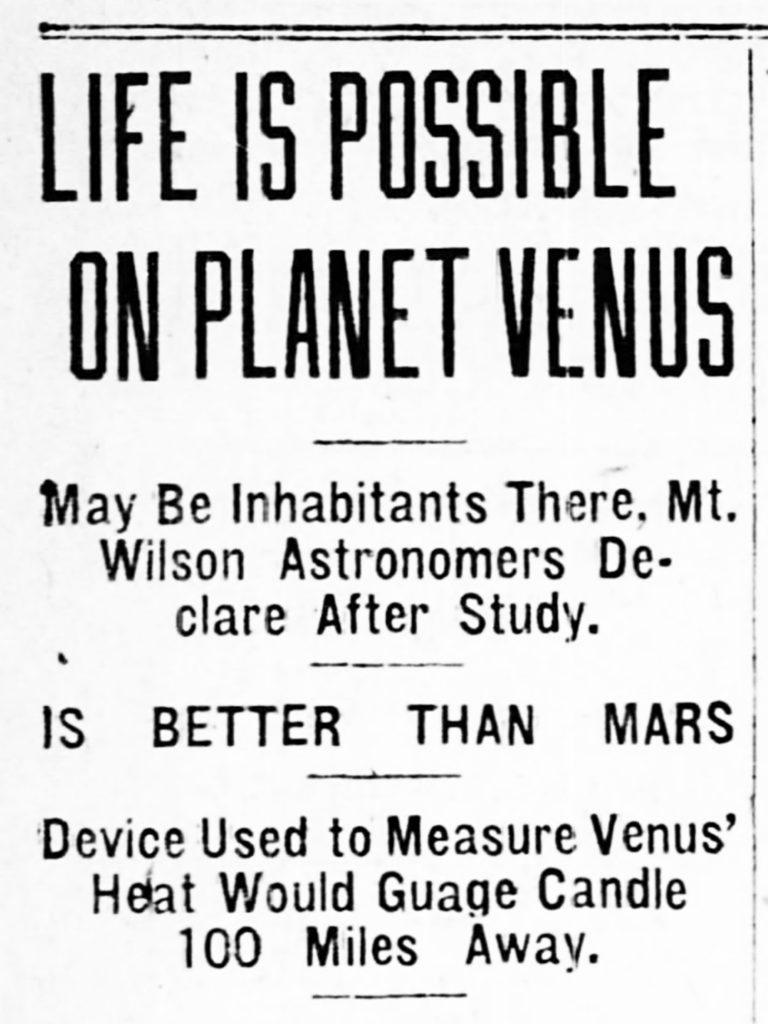
“If any planet is inhabited, it is reasonable to think that it is Venus,” said Pettit.
“If I had to take my chances on either Venus or Mars, I’d certainly pick Venus,” Nicholson added.
Pettit claimed to have detected a temperature of fifteen degrees below zero on the upper side of the clouds covering the planet, known as the isothermal layer. The astronomers noted that Earth’s isothermal layer measures sixty-seven degrees below zero.
“This makes things look pretty good for Venus,” Pettit said. “Of course we cannot say with certainty what temperatures on the surface of Venus might be.”
As for Mars, both scientists bucked the trend and believed the planet’s cold temperatures and lack of atmosphere would prevent the existence of life as we know it. So far, they’re correct about Mars. As for Venus, we’ve yet to discover any creatures roaming about. Considering its surface temperature is now known to be 900° F, it seems unlikely that we’ll find any on the ground.
However, scientists of today believe microbes may be scurrying about in droplets found within parts of the atmosphere. Avi Loeb ended his 2021 book, Extraterrestrial, with that possibility. Once a probe visits Venus and scoops a sample from the clouds, we may find that Pettit and Nicholson were right after all. As Loeb wrote, “The detective work, in short, goes on.”


